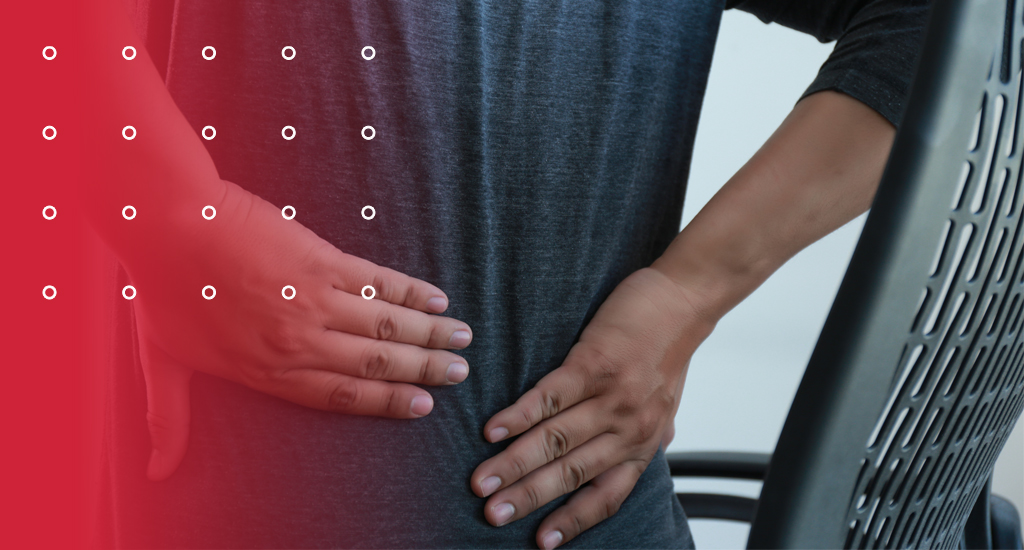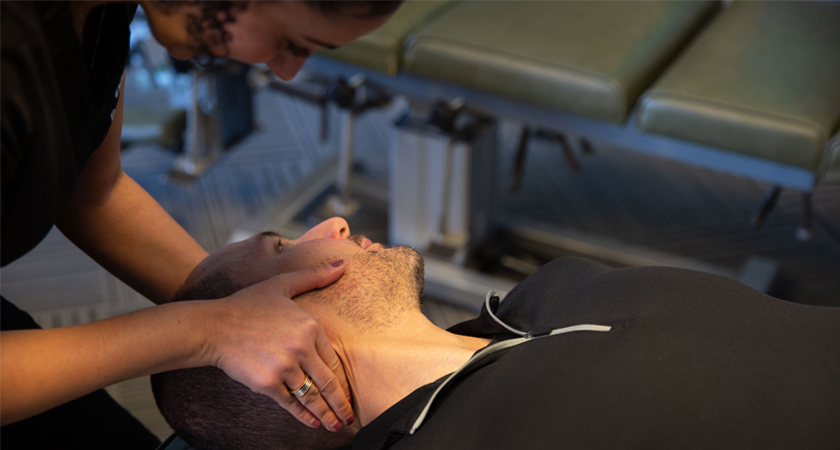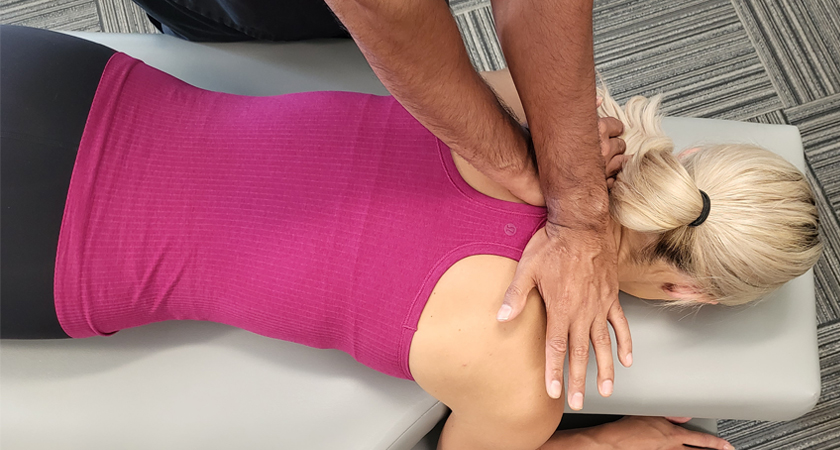
Should You Try an Anti-Inflammatory Diet for Nerve Pain Relief?
Discover the benefits of anti-inflammatory diet and get our quick and easy list of what to eat – and what to avoid.

Cracking your joints is generally safe when done by a licensed chiropractor or other trained professional. But repeatedly “self-cracking” your back or neck—or letting a friend twist you—can carry risks. Chiropractic adjustments are performed with skill, precision, and safety in mind, unlike casual or forceful joint popping at home.
That “popping” or “cracking” sound you hear is not bones grinding against each other. It’s usually caused by gas bubbles releasing in the joint fluid (synovial fluid) when the joint is stretched.
So, the sound itself is not harmful. What matters is how and why the joint is moved.
Safe: Chiropractic Adjustments
Riskier: Self-Cracking or Untrained Cracking
Does cracking your back cause arthritis?
No. There’s no evidence that joint cracking leads to arthritis. A 2011 study in Arthritis & Rheumatism found no link between knuckle cracking and arthritis development. The Arthritis Foundation does approve of – and often recommends – chiropractic care as a medication-free option for pain relief.
Is it bad to crack your neck?
Cracking your neck on your own can be risky. The cervical spine is delicate, and improper force can irritate nerves or strain soft tissues. Chiropractors use precise, gentle techniques designed for safety.
Is chiropractic cracking safe?
Yes. In fact, chiropractic adjustments are one of the most researched drug-free therapies for musculoskeletal issues. Side effects are typically mild (like temporary soreness). Serious complications are extremely rare when performed by a licensed chiropractor.

Chiropractic Adjustment vs. Cracking on Your Own
| Factor | Chiropractic Adjustment | Self/Untrained Cracking |
| Safety | High (when performed by licensed DC) | Moderate to low—higher injury risk |
| Precision | Targets specific restricted joints | Random—often moves hypermobile joints |
| Purpose | Restore alignment, reduce pain, improve function | Temporary pressure release, habit |
| Long-term benefit | Supported by research for pain relief and function | Rarely provides lasting improvement |
When performed by a professional, joint adjustments can help with:
Learn more about what happens in your body when you get adjusted in this post.

Q: What does a chiropractic crack mean?
A: Joint cavitation, also known as “cracking” or “popping” joints, is the sound of gas bubbles releasing as your joint is gently moved. It doesn’t mean bones are rubbing or “wearing down.”
Q: If it feels good to crack my own back, is it safe to keep doing it?
A: While occasional self-cracking is unlikely to cause harm, doing it frequently can overstretch the wrong joints. If you feel the urge to crack often, it may mean something isn’t moving properly—time to see a chiropractor.
Q: How often should I get adjusted?
A: It depends on your goals. Some patients come in for short-term relief, while others use chiropractic care for ongoing wellness, posture support, or performance. Your chiropractor will tailor recommendations to you.
Q: Can cracking joints permanently fix posture?
A: Adjustments can improve mobility and alignment, but posture correction also requires strengthening, stretching, and lifestyle changes (like workstation ergonomics). Chiropractors often guide patients on how to gain good posture and maintain it long-term.
If you find yourself frequently wanting to crack your back, neck, or knuckles, that’s your body telling you something. Instead of taking risks with DIY methods, consult a chiropractor to get safe, effective, and long-lasting relief.
Subscribe and get news, articles & offers sent right to your inbox each month.
"*" indicates required fields
By subscribing you are agreeing to the Terms and Conditions and Privacy Policy.